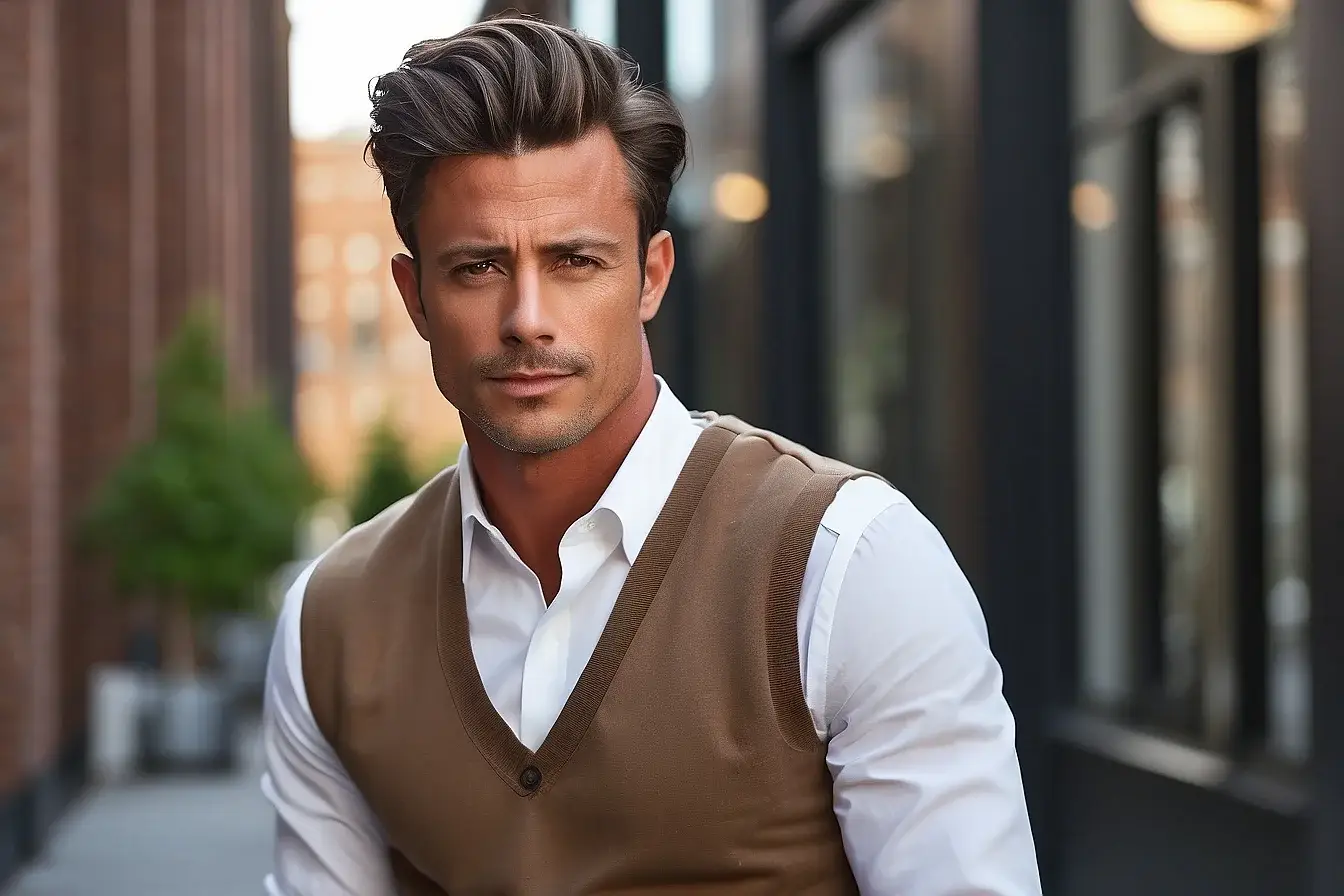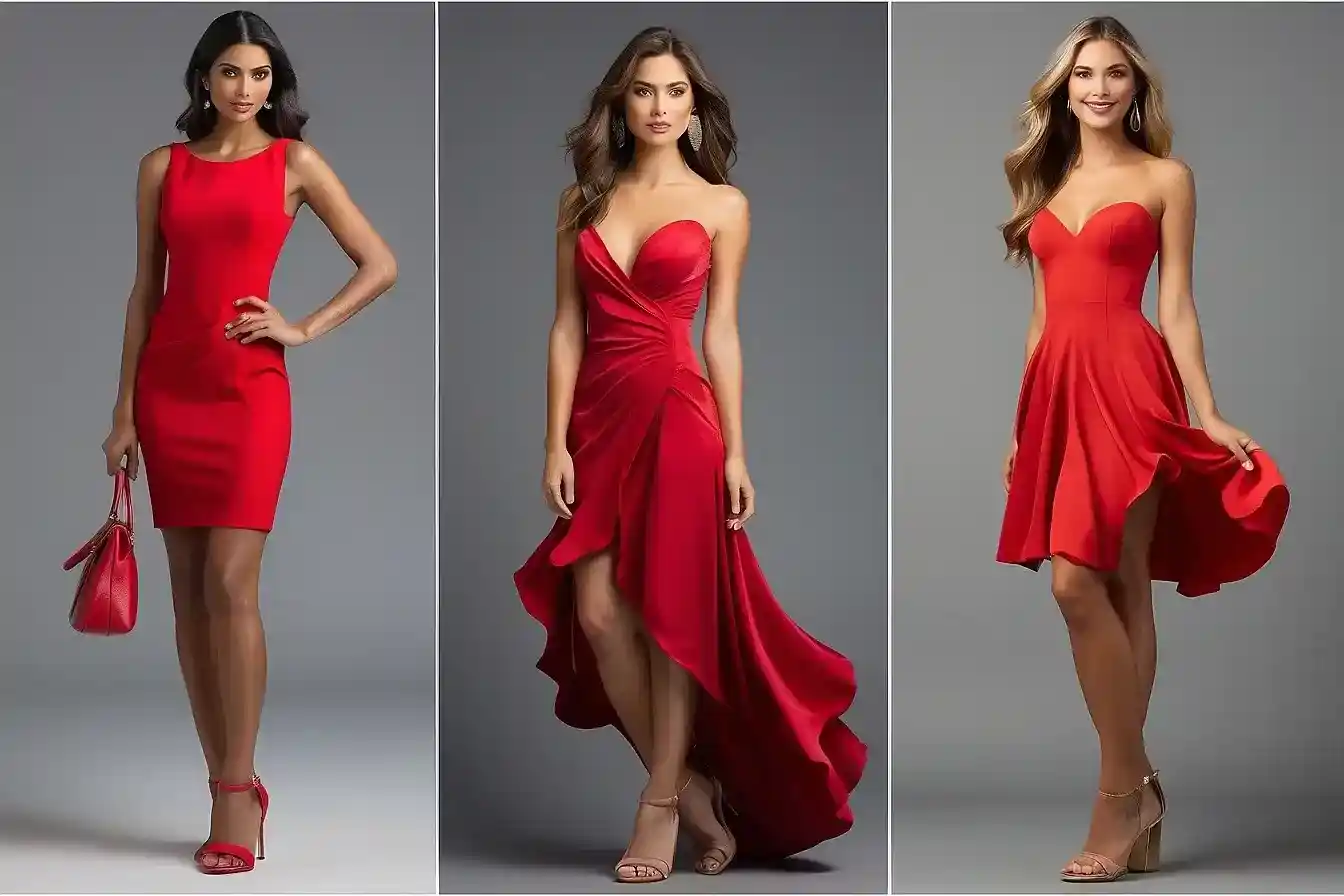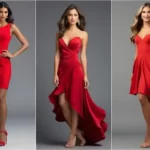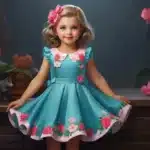Table of Contents
ToggleWeaving Threads of Tradition: Exploring Ancient Indian Dress
Clothes are being used by men and women to cover their bodies and decorate themselves for adoration and attraction purposes. The day Eve became conscious about her body and beauty, the evolution of fashion has been going on since then.
Maybe the first cloth of a human was a big leaf or an animal skin; they often changed them according to their moods, because none of those garments were long-lasting. From time to time, the elements of garments developed and people of the Indian subcontinent became aware of their beauty, style, and fashion just as their Western counterparts.
The development of medieval and modern Indian fashion can be known from paintings, photographs, and even the travelogues of foreign travelers, but the same of ancient India is not so easy to know, because there is little information about them. The only source is ancient Indian sculptures of the temples; some rare manuscripts like Vedas, and Sanskrit literature hold information about them. Depending on them we can imagine what kind of garments they wore and how they looked.
FASHION IN ANCIENT INDIA: Ancient Indian Dress
Fashion somewhere started showing its colors from the times of ancient India. There is some evidence of the Indus Valley Civilization or Harappa civilization indicating the use of woven cotton fabric. Flax plant was grown to obtain the fibers of plants and silkworms were cultivated for silk. The priest-kings wore a robe over their shoulders and men wore turban draped over the head.
The style of women’s clothing included knee-length skirts with jewelry like bangles, earrings, and beaded necklaces. Even men wore jewelry and all this data is as per the figurines obtained from excavations. One of the first pieces of evidence of Dhokra art which is quite popular now is the dancing girl of Mohenjo- Daro.
The Vedic Era:
The Vedic period marked a significant era in the history of fashion in India. During this time, clothing was considered a sacred object and a source of positive energy. Vedic hymns were recited during the process of spinning and weaving, and the clothing worn was believed to provide the wearer with positive holistic energy.
A variety of materials, including bark, cotton, silk, wool, hemp, flax, and animal skin, were used to create different types of garments worn during the Vedic age. Both genders wore a range of unstitched garments consisting of the Antariya (lower garment), Uttariya (upper garment), and Kayabandh (a stole or sash).
Indian Clothing in Indus Valley Civilization:
The terracotta figurines from the Indus Valley Civilisation indicate that cotton was spun, woven, and dyed. This is corroborated by the bone needles and wooden spindles that have been unearthed at the excavation sites of the Indus Valley civilization.
The Indus civilization also knew the process of silk production. A recent analysis of Harappan silk fibers in beads has shown that silk was made by the process of reeling, the art known only to China till the early centuries AD.
Textiles made of wool are mentioned in the Vedic text with reference to Kashmir. The Rig Veda refers to the Valley of Sindh as being abundant in sheep, and the god Pushanis addressed as the ‘weaver of garments’, evolved into the term pashm for the wool of that area. Woollen shawls have been mentioned in Afghan texts of the 3rd century BC.
Most of the present knowledge of ancient Indian clothing comes from rock sculptures and paintings in caves and other monuments. These images show human figures wearing clothes that appear to be wrapped or tied around the various parts of the body. From the Sari to the turban and the dhoti, ancient Indian clothes were mostly wrapped around in various ways.
The Gupta Period:
The Gupta period was known as the golden age of India. It made immense contributions to countless inventions and discoveries in multiple industries. Stitching became very popular so most of the garments during the Gupta era were sewn and cut.
A long-sleeved tunic was the costume for the privileged and well-known people. During the Gupta period, men would grow out their hair and often wore headgear such as turbans while women wore flowers in their hair.
Women wore an “Angharkha” tunic and a heavy skirt tied at the hips known as “Ghagri”, a lot of the clothing was made of muslin, and they accompanied that with a lot of jewelry made from gold and ivory such as anklets, head jewelry, large earrings (known as Kundan), necklaces and pendants.
Indian Clothing in the Maurya Period:
During the Maurya period, the people continued to wear the three pieces of unstitched clothing as in Vedic times. The main items of clothing were the Antariya made of white cotton or muslin, tied to the waist by a sash called Kayabandh and a scarf called the Uttariya used to drape the top half of the body. The upper castes dressed themselves in fine muslin and wore gold ornaments.
The cotton industry was well developed in ancient India. Herodotus the Greek historian who lived in the fifth century BC, describes Indian cotton as “a wool exceeding in beauty and goodness that of sheep”.
A variety of weaving techniques were practiced in ancient India. Chanakya’s treatise on public administration, the Arthashastra written around the 3rd century BC, briefly describes the norms followed in silk weaving. Silk and cotton were woven into various designs and motifs, each region developing its distinct style and technique. Famous among them were the Jamdani, Kasika,butidar, and Ilkal.
FASHION EVOLUTION IN INDIA
The history of fashion in India has evolved and left its mark all over the world. Today, Indian fashion is a force to reckon with, with a rich historical background. Our woven handloom textiles, beautiful sarees, party dresses, designer dresses, and rich embroideries have turned Indian fashion platter into a gamut of rich diversity.
The regional diversity in weaving, embroidery, and clothing styles has made Indian textiles all the more vibrant and appealing. Indian designers have played a major role in making the fashion world what it is today! The fashion industry is still evolving and emerging in the country with a major emphasis on sustainable and eco-friendly fashion. Let us look at how fashion has evolved over some time.
Post- Independence Scenario
Though the fashion history of India can be dated back to ancient times, it was post-independence that the fashion industry saw major growth and evolution. Saree, dhoti, and ghagra choli remained quite popular in the pre and post-independence era.
But with the influence of Western culture, many changes made a foray into the Indian fashion scenario. Embroidery is a common point between Indian and Western fashion and is also a trademark of Indian fashion which is vastly used on silhouettes like sarees, lehengas, suits, and many other attires.
The same embroidery became a fashion statement when it started emerging on Western attires like shirts, skirts, dresses, and more which made a good amalgamation of Indian and Western styles.
Bollywood Influence
Meanwhile, as the fashion industry was taking small steps, the Indian movie Industry or Bollywood was growing by leaps and bounds. The influence of Bollywood dressing on fashion is massive to date, and every decade presents a different Bollywood fashion which becomes a favorite amongst the masses.
During the 50s, the influence of British fashion could be seen in movies where actresses wore elaborate gowns with curled hair. Sarees with short fitted blouses and big hair buns were also a popular fashion during the era.
In the 60s, designer Bhanu Athaiya started her experiment with fashion. Movies like Amrapali and Sahib, and Biwi Aur Ghulam showed a side of the period and traditional costumes. It was a period when bright-colored sarees became a favorite of women draped in a spiral shape as seen on Mumtaz in the film Brahmachari.
CONCLUSION- Ancient Indian Dress
To conclude, Indian fashion has evolved immensely throughout the years and has progressed into a classy and stylish industry. Indians have worn their culture with pride throughout centuries, the people of India have developed along with its fashion industry which has flourished into something incredible in the modern era and continues to do so.








